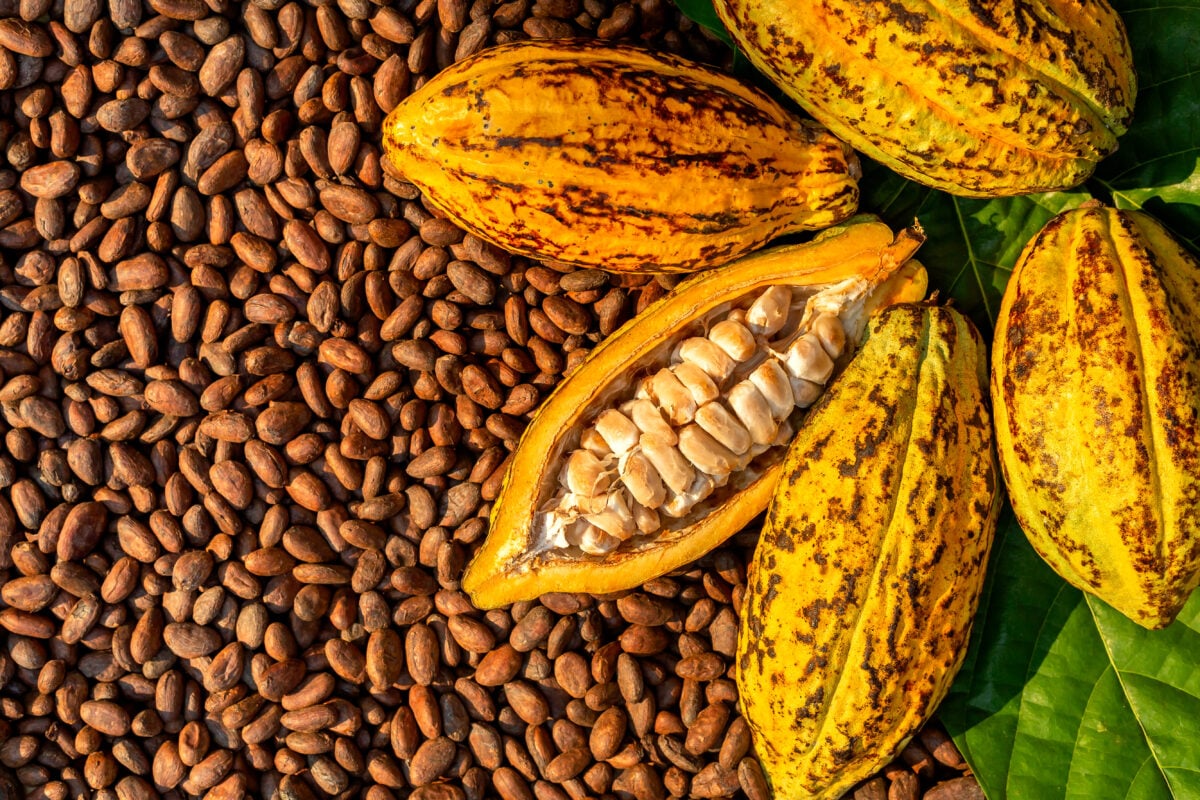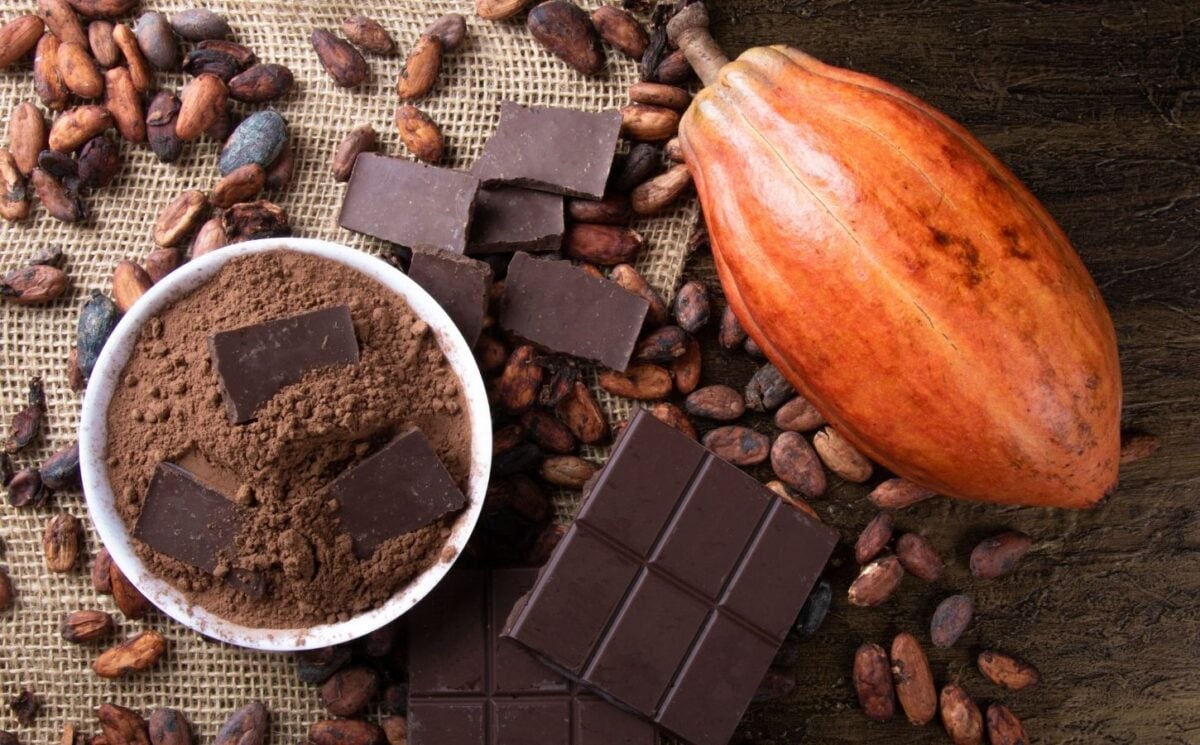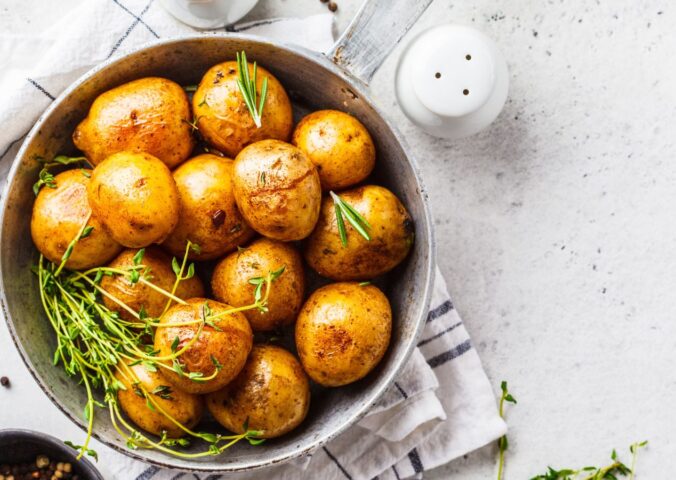A team of Swiss scientists has found that making chocolate with previously wasted parts of the cocoa fruit could make it more sustainable and nutritious.
Read more: Scientists May Have Discovered ‘Climate-Proof’ Chocolate
Food scientists from Zurich’s prestigious Federal Institute of Technology (ETH) have developed a chocolate recipe that includes cocoa fruit jelly instead of powdered sugar, reducing the overall sugar content, adding nutritional value, and reducing waste.
The team’s results were published in Nature in May of this year, and suggest that chocolate with 20 percent gel is equivalent to five to 10 percent powdered sugar. For context, typical dark chocolate can sometimes reach 30 to 40 percent powdered sugar.
The new recipe also contains slightly more fiber than conventional chocolate products at 15g per 100g compared to just 12g, and less saturated fat at 23g per 100g compared to 33g. This means that the team’s chocolate contains more fiber, less fat, and less sugar.
Read more: AI Technology And Fermentation Could Replace Sugar With Healthy ‘Sweet Proteins’
Making chocolate production more sustainable

The cocoa beans traditionally used in chocolate-making notably represent just 10 to 20 percent of each cocoa pod. So a single tonne of dried cocoa beans requires approximately 10 tonnes of fresh pod husks, the vast majority of which are discarded.
To make their nutritious cocoa fruit jelly, the scientists processed the flesh and parts of the endocarp – inner shell – into a powder, which they then mixed with the pulp that surrounds the cocoa seeds. This means less overall waste from an enormous global industry, but it also means more profits for the farmers themselves, many of whom do not make a liveable income.
“Farmers can not only sell the beans, but also dry out the juice from the pulp and the endocarp, grind it into powder, and sell that as well,” explains lead study author Kim Mishra. “This would allow them to generate income from three value-creation streams. And more value creation for the cocoa fruit makes it more sustainable.”
Read more: Miss Kit Kat Chunky? Buttermilk’s New Vegan Bar Could Be Just What You Need






